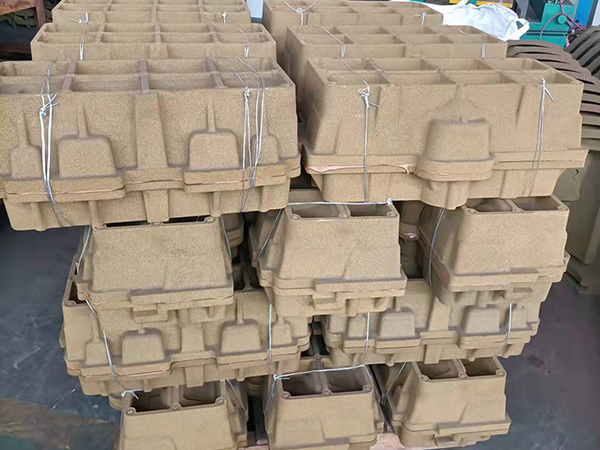Sanding small 3D prints is an essential post-processing step that can significantly enhance the appearance and feel of your printed objects. Whether you are a hobbyist or a professional designer, achieving a smooth finish on your 3D prints can elevate your projects to the next level. In this article, we will explore the benefits, techniques, and best practices for sanding small 3D prints effectively.
3D printing often leaves visible layer lines, a characteristic of the additive manufacturing process. These layer lines can be especially prominent on intricate or detailed prints. Sanding helps to smooth these imperfections, resulting in a more aesthetically pleasing surface. Additionally, a smoother surface can improve paint adhesion if you plan to add color to your print.
.
Preparation is key to effective sanding. First, ensure your print is fully cured and any support structures are removed. Begin by using the medium-grit sandpaper to gently sand the surface of the print. It’s important to sand in a circular motion or with the grain of the print to achieve a uniform look. Be mindful of applying too much pressure, as this can lead to uneven surfaces or damage to delicate features.
sanding small 3d prints

As you transition to the finer grit sandpaper, focus on achieving a polished finish. This step is crucial, as it will determine the final look of your print. After sanding, it’s a good practice to clean the surface with a damp cloth to remove any dust particles accumulated during the sanding process.
For those looking for a truly flawless finish, consider additional methods such as using a heat gun or applying filler primers. A heat gun can help melt the outer layer of the print, creating a smooth surface. However, this technique requires caution as excessive heat can warp the print.
In conclusion, sanding small 3D prints may take some time, but the results speak for themselves. With the right tools and techniques, you can transform your prints from rough to refined, enhancing their overall quality. Whether for personal projects or professional presentations, investing time in this post-processing step will pay off with prints that are not only functional but also visually stunning.
Post time:stu . 19, 2024 08:48
Next:Advancements in Lost Foam Casting Techniques for Enhanced Precision and Efficiency in Metal Casting
